How to Calm Cats in the Heat
2022-08-04
We all know that cats can sometimes be unusually depressed and can scratch violently at people around them when they are angry. The chances of this happening are very high when the cat is frightened of someone or something in the nearby environment or outdoor space. Angry cats can become very aggressive, so you as a pooper scooper need to consider safety.
The secret to calming down an irritated cat is to make your cat comfortable and give them time and space to calm down. Do not start by petting your cat, as you are likely to get scratched or bitten. Your cat may perceive your behavior as threatening rather than comforting. This is because cats are unusually emotional and unpredictable at this time.
In this article, Meow Medicine will go into detail about why cats get angry, the root cause of their annoyance, and how to calm them down when they are angry.
Okay, let's start our conversation.
I. Why do cats get angry, frustrated, and scared?
Cats will get angry, frustrated, and scared if they feel uncomfortable in any place, and will react abnormally if they feel threatened. Injury and illness can also be a problem. When cats want to be alone, almost everything is out of their reach.
The following factors can easily annoy your pet~
Lack of food or water
A direct reaction to an argument with another animal
Petting too hard or playing with adults (or children)
Having another cat in the house
Invasion of private areas
Seeing or hearing something fearful, such as the noise of a vacuum cleaner
Being confined to a cage, results in inability to move freely
Injury or illness
Among the types of cat aggression and their causes are the following.
Aggressive play: This is most common in cats that are not very socially active. In a home environment, this can occur when one cat is playing and another cat comes over and scratches and pats each time. This will be perceived as aggressive behavior! This triggers the cat to react aggressively.
Fearful aggression: This is caused by unfamiliar objects, sounds, or people. It occurs in cats of all ages.
Pet Aggression: When your pet overstimulates the cat, causing the cat to scratch and bite. This occurs when ~
Opposite Aggression: This is generally not the responsibility of the pooper scooper. It occurs when your cat is unable to recognize the problem and it eliminates frustration with the person or objects it knows best.
Aggression can also be due to pain, territorial rivalry, and reproductive protection!
How to calm an angry cat
Meow Medicine has prepared a quick guide.
1. How to tell if your cat is angry
Why is my cat suddenly angry? Figuring out the cause of the outburst is half the battle. If your cat is angry, check around for potential clues. A cat's anger and frustration are likely due to something in the environment.
2. Provide a comfortable environment
Give your cat some toys that promote relaxation, such as a soft blanket for their bed, which can relax them. If fear is the reason for the cat's anger, then let the cat stay in a familiar and comfortable environment. Maybe they want to stay in a quiet room for a while.
3. Soft tone of voice and petting
How to talk to an angry and temperamental cat is very important. By using a soft tone of voice, your cat's aggression toward you will decrease. Look for visual cues that make your cat look less nervous and frustrated. Never respond to a cat's anger with your own verbal or physical aggression.
You should consider petting your cat from a higher position (such as a table). Your cat may feel safer because he won't worry about threats from a high place, similar to building a house on top of a mountain!
4. Give your cat space
Cats are very independent animals. Even though they like to interact with people, cats can be as active as hunters. When cats relax, this is the best time to calm them down.
Once your cat starts to calm down, then you should gently stroke the cat's back. When you first start petting your cat, they may make a harsh hissing sound. If this is the case, then they should be given more time to quiet down.

II. What if your cat is mad at you?
Why is my cat suddenly very angry? Is my cat angry or just playing? Unless you are intentionally hurting your pet (in which case it's obvious), it's hard to know what's wrong. This is because it's pressed hard to tell with the naked eye.
Cats, like people, are not always in a relaxed state. If your cat is scratching and hissing at you, it's time to leave. You should not force your cat to be petted, as that may not be what your cat wants. The cat may be tired and want to be left alone for a while.
If you are a novice pooper scooper, you will need to make an assessment. You can let your cat move around for a while, and when they rub their head against your leg or head to head, your cat will let you know that he enjoys being with you.
Cats may show affection by biting you. In some cases, the bond between owner and cat does not exist and the cat cannot be aware of its boundaries. It is crucial to teach your cat the rules of playtime in the early stages of its life.
What are the signs of anger in cats
Signs of anger in cats include.
Rapid tail wagging usually means your cat is annoyed with the current situation. Tail wagging means you should leave.
If your cat is deliberately trying to get away from you, it is a sign that everything has gone badly. If this happens, it is best to leave your cat alone. Do not force to make him to do things and try to keep a distance from the cat. In this case, it may be that some of your recent behavior has triggered the cat's negative emotions.
A cat bending and arching his back and crouching are signs of tension, especially if your cat tucks his head in.
Cats growl and make unpleasant noises. If your cat makes a deeper sound, this is a warning sign.
Cats are extremely sensitive animals. Therefore, keep in mind that not every sign of anger from a cat is obvious. Your cat may be in a borderline situation, such as a change in the home environment (common items moving out of place). Since a cat's safety depends on its environment, any changes you make to that environment can lead to anxiety.
If your cat has frequent problems with rage, try getting a cat-assisted sedative spray for your home. It has been clinically proven to reduce stress and anxiety in cats. It also helps with other behavioral problems such as peeing everywhere, fighting, and scratching.
If all other methods have been exhausted and still have little effect, the cat should be taken to a veterinarian. The veterinarian can perform a series of tests to check the cat for other health problems.
Was this article helpful to you?
Other links in this article
English:
How to Calm Cats in the Heat
Deutsch:
Wie man Katzen in der Hitze beruhigt
español :
Cómo calmar a los gatos en el calor
Français:
Comment calmer les chats dans la chaleur
Italiano:
Come calmare i gatti con il caldo
Nederlands:
Katten kalmeren in de hitte
Polskie:
Jak uspokoić koty w czasie upałów
Português:
Como acalmar os gatos no calor
português (Brasil):
Como acalmar um gato no calor
русский:
Как успокоить кошку в жару
日本語:
暑いときの猫のなだめ方
中文简体:
如何让猫在炎热中冷静下来
中文繁体:
如何讓貓在炎熱中冷靜下來
Comments
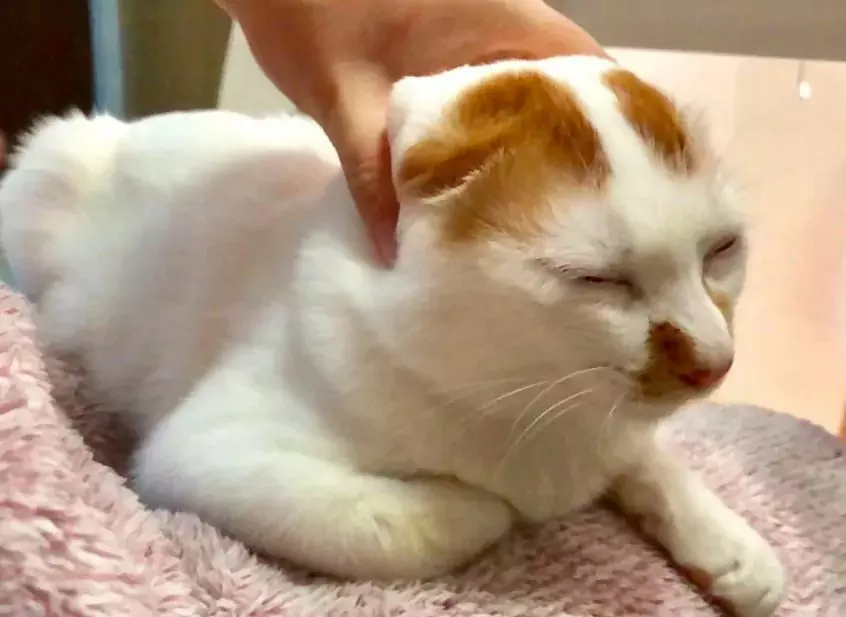
Why do cats sleep so much? How long do cats sleep in a day? Cats' sleep cycles, sleep habits, and dreaming

Why is my cat losing its hair?

Why do cats purr?
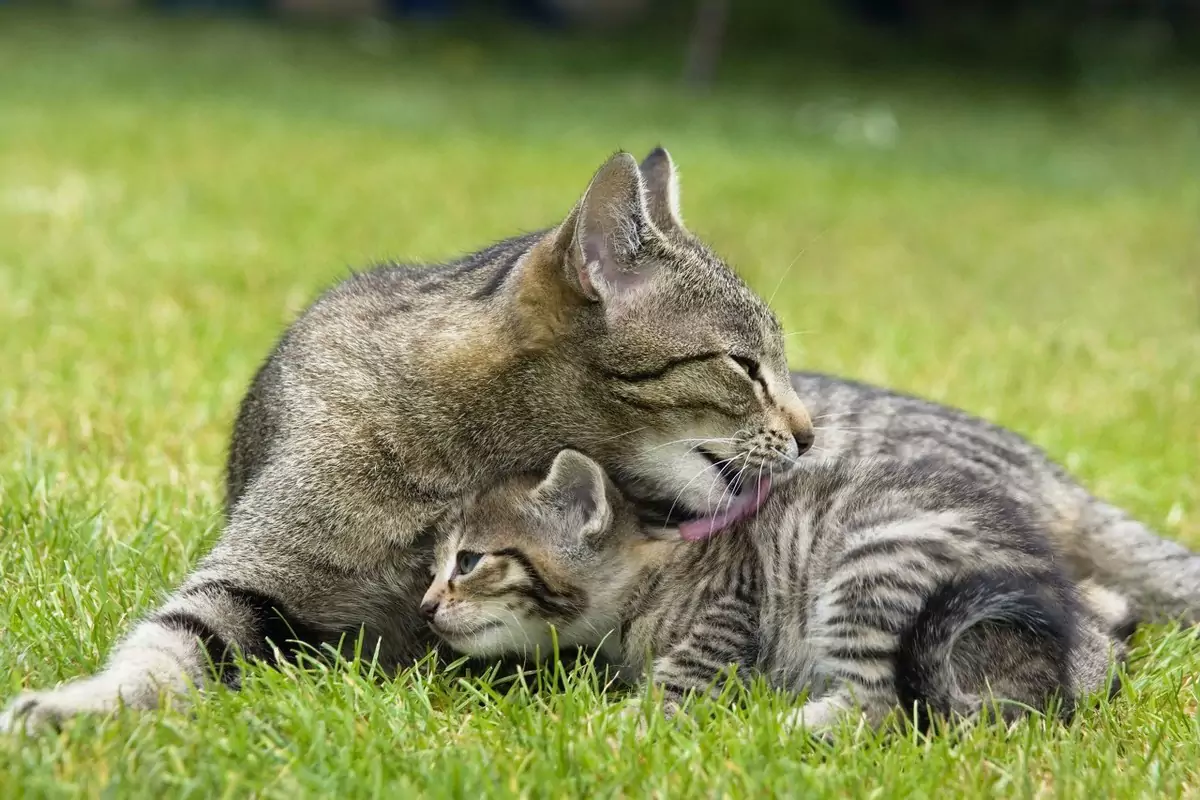
Why do cats groom each other?

How long do cats live indoors? Do cats get lonely?
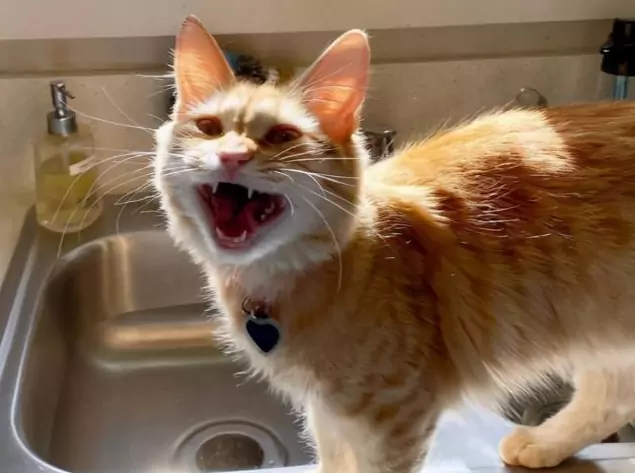
Why do cats make hissing noises? The origin of the hissing sound of cats

Are potatoes toxic to cats? What causes the onset of potato sprout poisoning in cats?
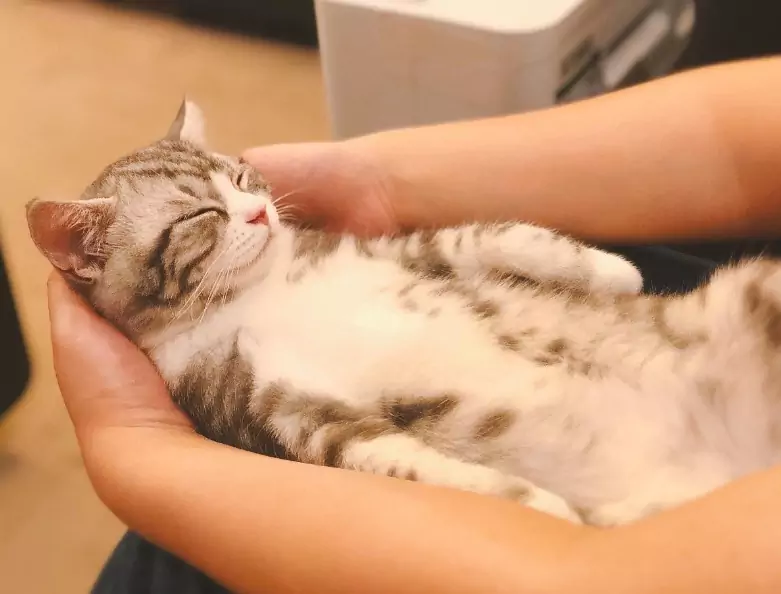
Why does my cat sleep on top of me? Reasons why cats like to sleep next to their owners
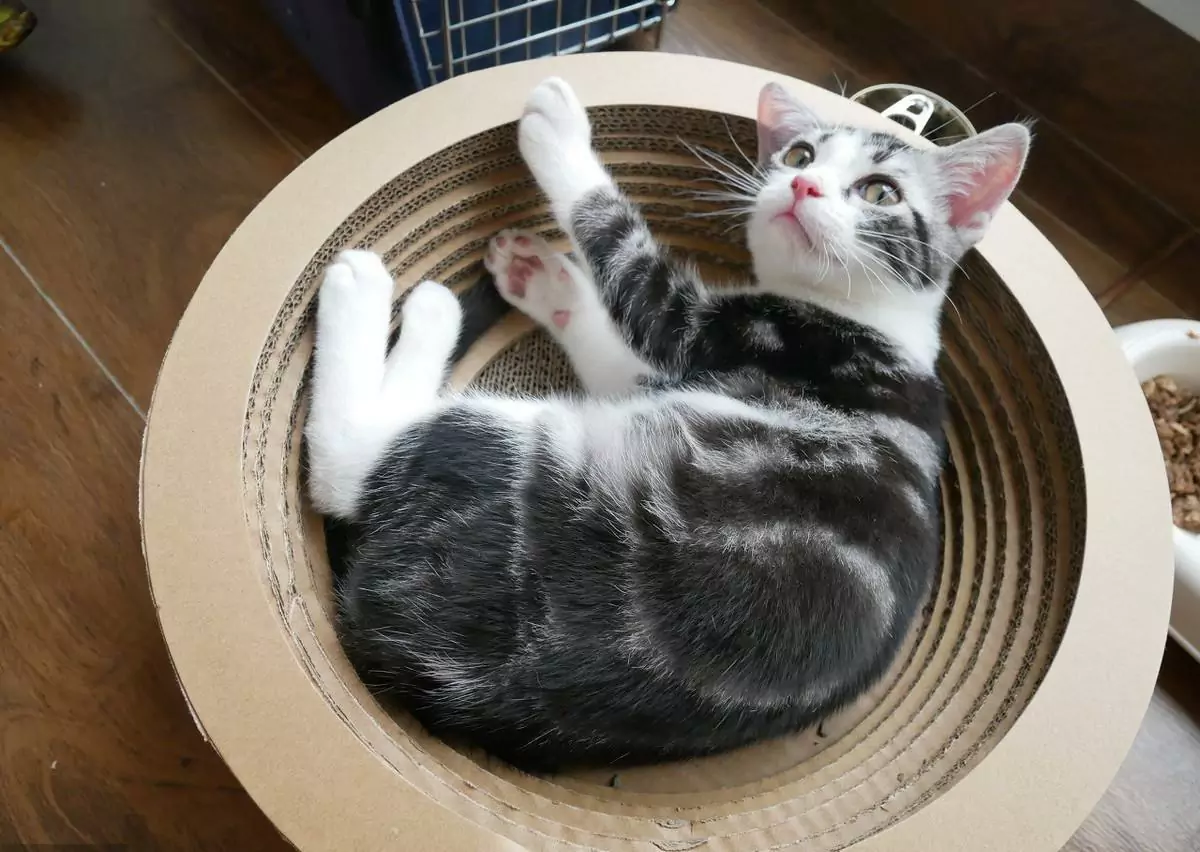
How do make cats like you? How to get cats to like us is quite simple

Can cats eat grapes? Why can't cats eat grapes?










